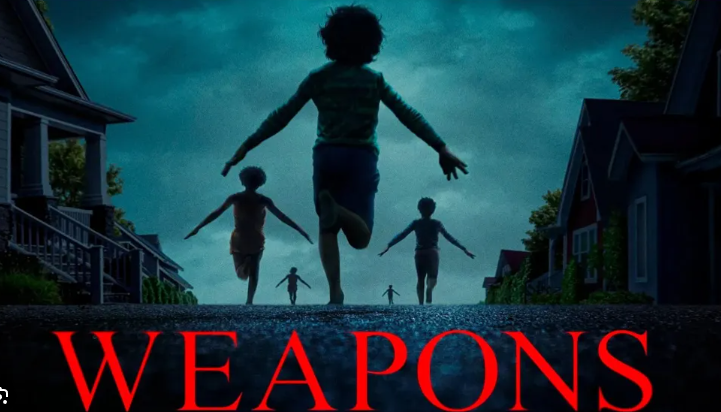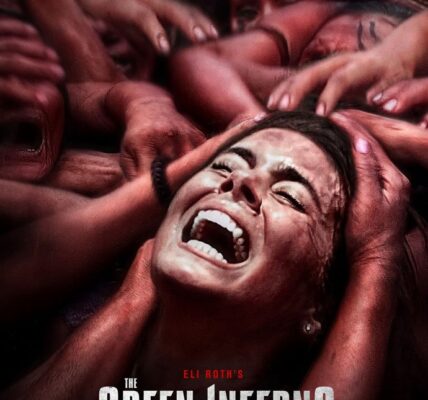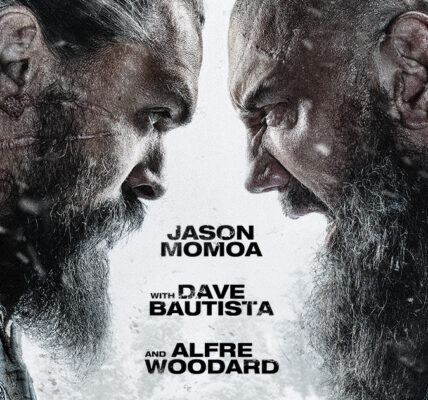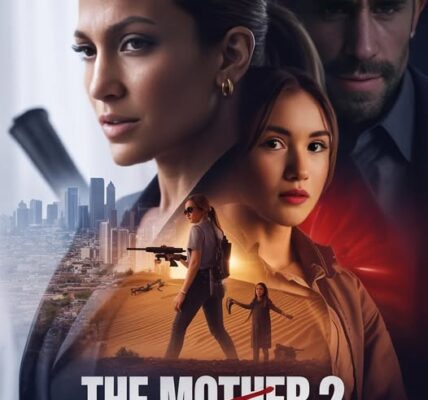1. Plot Summary
Weapons opens with a chilling mystery: at 2:17 a.m., seventeen children in the same elementary school class vanish from their homes—only one child, Alex Lilly, remains. From there, the film unfolds in nonlinear, chaptered perspectives, shifting among various characters: Justine Gandy (the teacher whose class lost all those students), Archer Graff (a grieving father of one missing child), Paul (a cop with personal demons), James (a troubled figure), Marcus (the school principal), and Alex’s Aunt Gladys. As their stories intertwine, fragments of horrifying phenomena, supernatural suggestion, grief, paranoia, and hidden secrets unravel. The film’s pace builds from domestic unease into full-blown horror, as the characters piece together what happened—and what was unleashed.
2. Notable Elements
Strengths / Highlights
- The narrative structure is ambitious and risky: by dividing the story into character chapters and revisiting events from shifted viewpoints, Weapons keeps the audience off balance and recontextualizes what seemed clear earlier.
- Julia Garner’s performance as Justine stands out—her portrayal of a teacher anguished by suspicion and loss anchors the film’s emotional core.
- Josh Brolin as Archer is also praised for bringing depth to a mourning parent.
- The cinematography by Larkin Seiple and the editing (Joe Murphy) get praise for a visual language that heightens dread without feeling gratuitous.
- The film weaves in dark humor and tonal shifts—moments of surrealness, absurdity, or uneasy levity help punctuate the horror and make the characters feel more real.
- The horror is not always about jump scares, but about unnerving implication, distortion of the familiar, and slow reveals. The film is described as “ruthlessly diabolical” under a domestic veneer.
Weaknesses / Shortcomings
- Some critics feel the film is ambitious but thin in substance—its many threads and mysteries don’t always land with full emotional payoff.
- The resolution / finale is viewed by some as more contrived than frightening—the explanations in the back half overexpose what earlier benefited from ambiguity.
- Because the film jumps between many POVs, character development is uneven—some arc segments feel better realized than others.
- The film contains graphic content—violence, dark imagery, elements of witchcraft, drug use—which may alienate some viewers.
3. Themes and Messages
- Loss, grief & trauma are central: the film is as much about collective sorrow as it is about supernatural horror. The m issing children leave a void in relationships and communities.
- Hidden evil within the ordinary: the veneer of suburban normalcy masks deeper rot. The film suggests that monstrous forces may lurk behind familiar lives.
- Guilt, suspicion, and blame: Justine, Archer, and others grapple with suspicion, being judged by community, and the guilt of perceived failures or oversight.
- Ambiguity & supernatural intrusion: The boundary between spiritual/mystical forces and human agency is blurred; the film invites the audience to question what is real, what is metaphor, and what lies in darkness.
- Community breakdown & paranoia: As more is unknown, suspicion fractures trust. The missing children’s disappearance becomes a lens on how communities respond to fear.
As for holiday sentiments: Weapons is far from festive in tone, but its attention to loss, memory, community, and what is owed to others echoes more reflective holidays. Its darkness can make one more conscious of the fragility of life and the need for connection.
4. Personal Impressions
Strengths I appreciated:
- I admire its courage—Weapons doesn’t play it safe. It builds slow, offers puzzles, and doesn’t spoon-feed all answers immediately.
- The performances are solid; Garner, Brolin, and the supporting cast bring weight to moments of pain and ambiguity.
- I liked how horror emerges gradually; dread seeps in rather than being constant. Some scenes made me uneasy long after they ended.
- The tonal balance—horror, mystery, occasional levity—is handled more often than not with deftness.
What I found less effective:
- The payoff felt a bit uneven. When the revelations come, some of the emotional stakes didn’t deliver as strongly as I expected.
- Because the film spreads itself across many characters, I sometimes felt less invested in supporting ones whose arcs were less fleshed out.
- Occasionally, the shift to explanation felt like it diluted the mystery—some suspense is lost when too much exposition is laid bare.
- The darker content and visuals might push beyond comfort for some; it’s not light horror.
5. Audience Recommendations
You might particularly enjoy Weapons if you:
- Like horror that leans into mystery, ambiguity, and slow-burn tension over pure shock.
- Appreciate ensemble storytelling and films where multiple viewpoints shift meaning.
- Are okay with emotional complexity and not always getting firm answers.
- Want horror more than gore, more psychological than visceral (though it has both).
You might be less satisfied if you:
- Prefer tight, straightforward plots with clear resolution.
- Dislike films that juggle many characters or shift in tone.
- Are sensitive to disturbing imagery or ambiguous supernatural elements.
6. Conclusion & Rating
Weapons (2025) is a bold, sometimes messy, but frequently compelling horror-mystery. Its structure and tone may challenge some viewers, but its ambition, performances, and unsettling undercurrents make it stand out in the crowded horror field. It’s stronger than many straight jump-scare films, even if it doesn’t satisfy absolutely every thread.
Final Recommendation: Worth a watch, especially for fans of horror that thinks, twists, and unnerves rather than just scares.
⭐ Rating: 3.5 / 5
Watch more:




